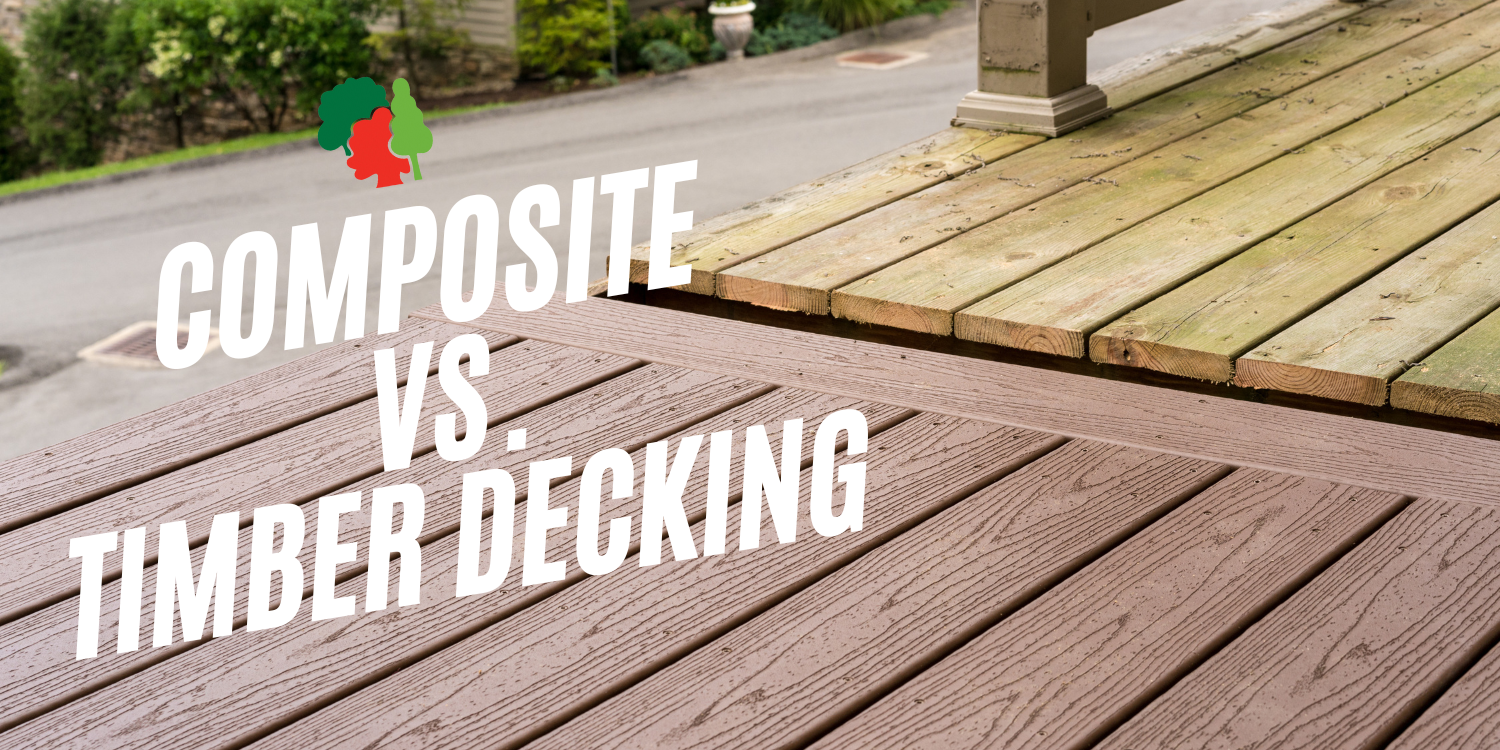
In this blog post, we will explore the key differences between these materials including durability, maintenance requirements, aesthetics, and environmental impact, to help you make an informed decision for your decking project.
Durability and Longevity
Composite decking is made from wood fibres and recycled plastic, offering excellent durability. It is highly resistant to rotting, mould, and insect damage. It's an ideal option if you're looking for something to withstand the elements and maybe something to invest in if you live in a region with harsh weather conditions.
On the other hand, timber decking, while naturally sturdy, may require regular maintenance. It involves enhancing the protection of the timber using a sealant or stain, helping to avoid moisture-related issues which would decay the wood.
Maintenance
One of the main advantages of composite decking is its low maintenance requirements. Unlike timber decking, composite boards do not require staining, sealing, or regular sanding. They are highly resistant to fading, staining, and scratching, making them easier to clean and maintain.
Timber decking; although beautiful and natural, may need periodic treatments, such as resealing or refinishing, to preserve its appearance and protect it from wear and tear.
Aesthetics and Natural Appeal
Both composite and timber decking offers unique aesthetic qualities. Composite decking comes in a wide range of colours, finishes, and patterns, mimicking the appearance of natural wood or providing contemporary design options. It provides a consistent look and uniformity.
Timber decking; on the other hand, exudes natural beauty with its unique grain patterns and rich colours. Each timber board has its character, creating a charming and authentic outdoor space.
Environmental Impact
Composite decking is an eco-friendly choice as it utilizes recycled materials, reducing the demand for virgin wood. It also requires less maintenance, which means fewer chemicals are needed for cleaning or treatment. However, the manufacturing process of composite decking involves using plastics, which is a concern for environmentally conscious individuals.
Timber decking; when sourced responsibly from sustainably managed forests, can be considered a renewable and biodegradable option.
Cost Considerations
Composite decking typically has a higher upfront cost than timber decking. However, when factoring in the long-term maintenance and replacement costs associated with timber decking, the total cost of ownership for composite decking may be more competitive over time. Additionally, composite decking's longevity and resistance to wear and tear can provide added value and extended lifespan, making it a cost-effective choice in the long run.
Choosing between composite and timber decking depends on your priorities, budget, and personal preferences. Composite decking offers durability, low maintenance, and a wide range of design options, while timber decking provides natural beauty and a timeless appeal.
Consider factors such as maintenance requirements, environmental impact, desired aesthetics, and long-term costs when making your decision. Whichever option you choose, creating a stunning outdoor oasis where you can relax and enjoy the beauty of nature is within reach.
Shop Garden Landscaping at Boys & Boden
DECKING AT BOYS AND BODEN
Here at Boys and Boden, we offer a diverse range of decking options that cater to various styles, preferences, and budgets. Our decking ranges are carefully curated to provide customers with high-quality materials that are built to withstand the test of time. From their classic timber decking collection, which showcases the natural beauty of wood and offers a rustic charm, to their innovative composite decking range that combines durability and low maintenance, Boys and Boden ensure there is something for everyone.









